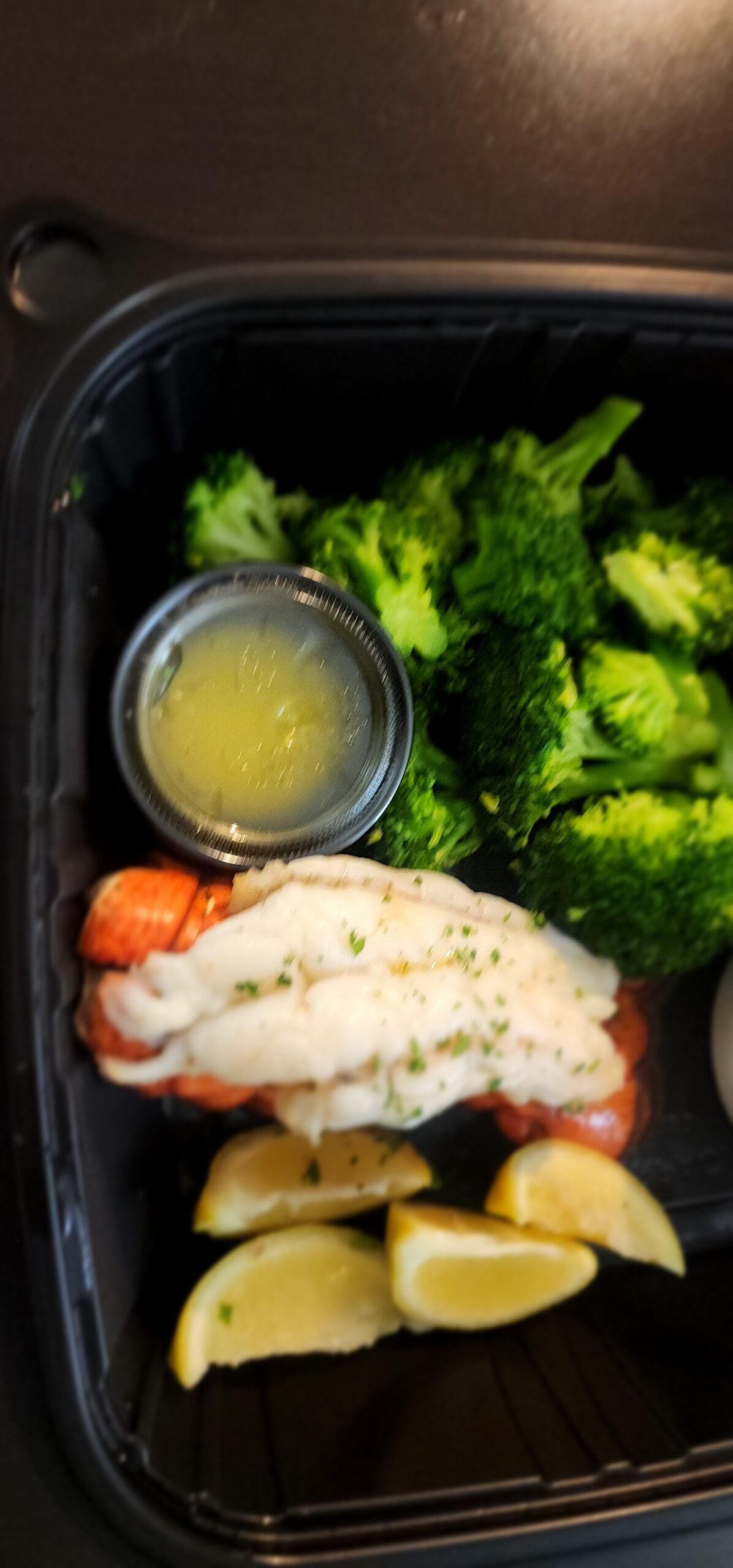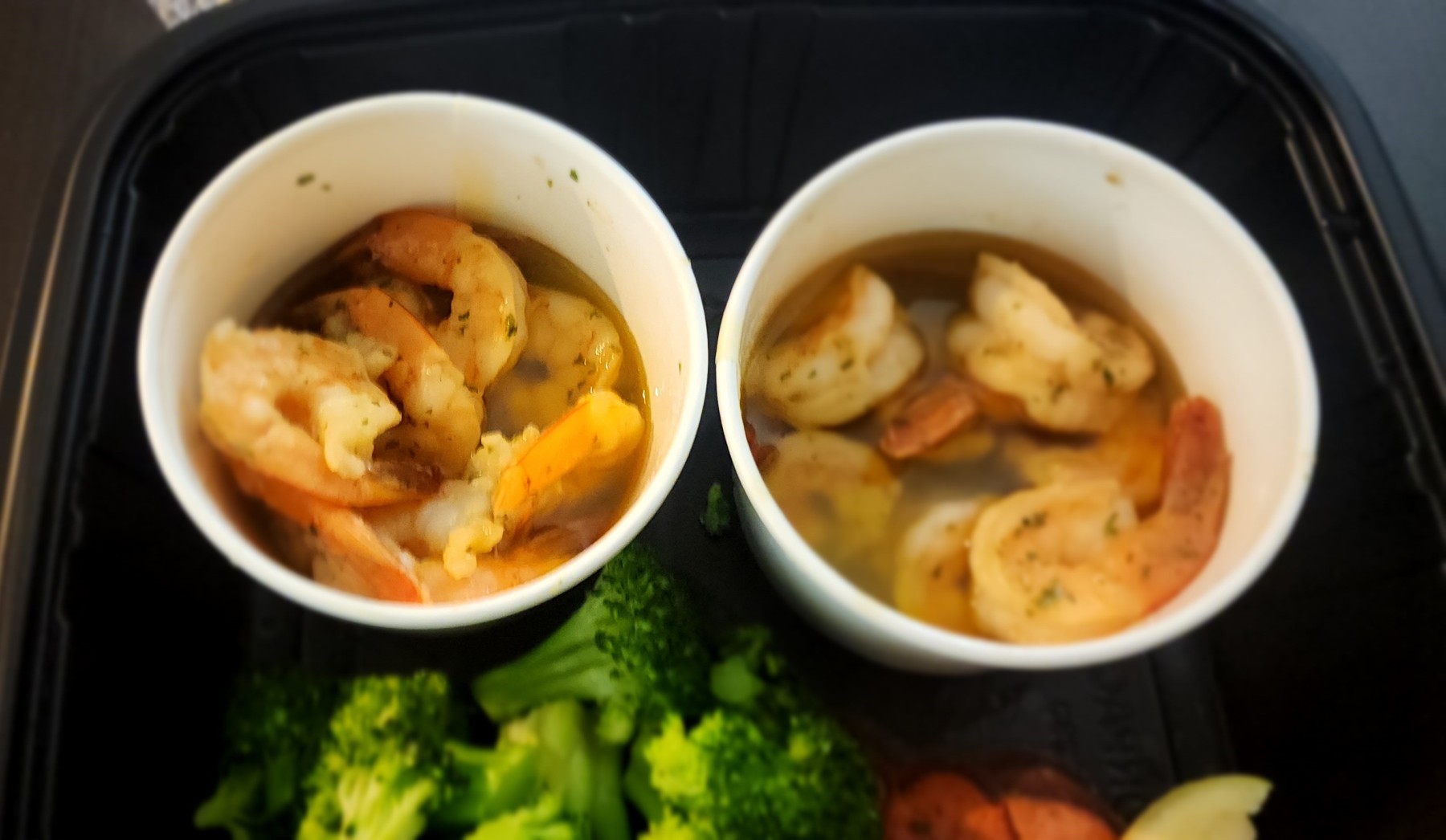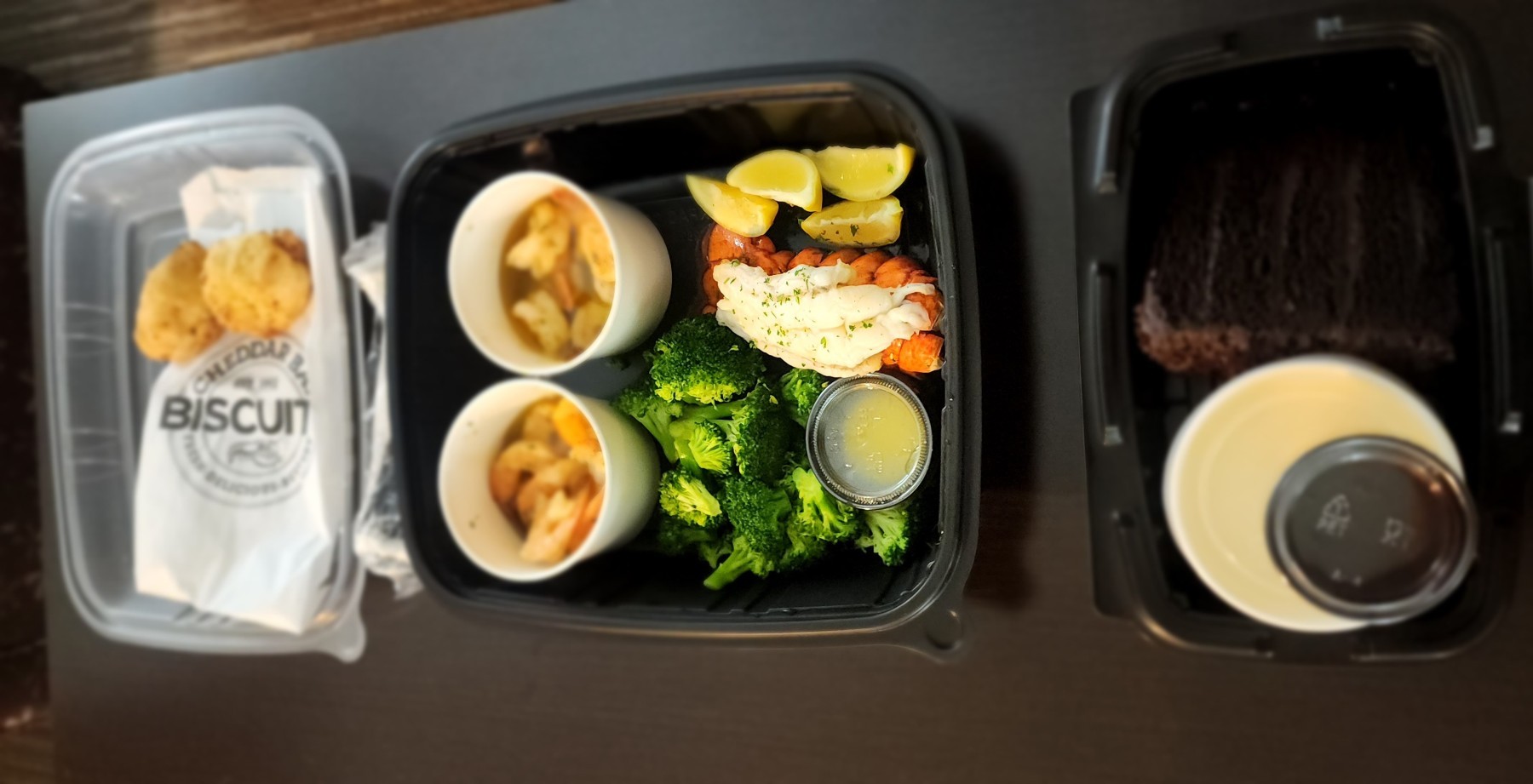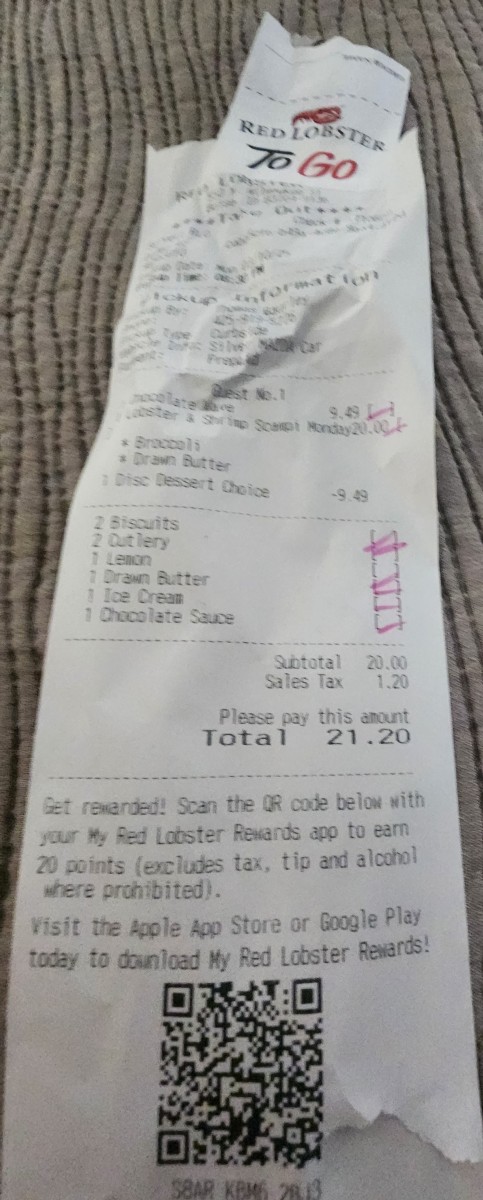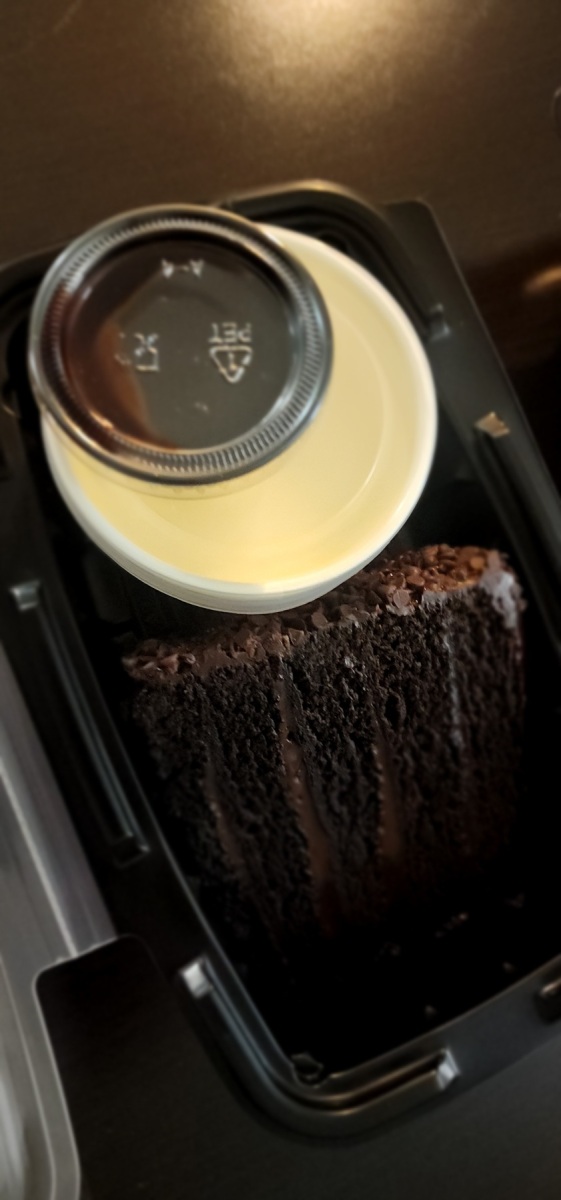Red Lobster’s Legacy: A Favorite Facing Modern Challenges, yet Affordable if played right
Red Lobster has fast become one of my favorite “chains” and sit-down restaurants. However, to save money, I do take out more often than sit down. Not anywhere close to my local city, I usually only do it once a month when picking up my son from his mom’s in Seattle. I was amazed at the “daily deals” ranging from $16-22 if ordered right, which is sometimes cheaper than fast food, yet a whole lot healthier. With the rewards program, I get so many free appetizers and desserts almost every visit it seems.
The Origin Story of Red Lobster
Red Lobster is more than just a seafood restaurant; it is a symbol of classic American dining memories for road trippers and seafood enthusiasts alike. Built on a foundation of humble innovation and an eye on quality, Red Lobster’s growth into a seafood sensation is a journey worth exploring.A Humble Beginning in Lakeland, Florida
Red Lobster’s story begins in Lakeland, Florida, in 1968. Founded by Bill Darden, a man driven by the desire to make seafood accessible to everyone, the first restaurant was located along U.S. 92, providing a scenic view of Lake Parker. At a time when seafood restaurants were limited and often high-end, Bill’s mission was simple: bring affordable, delicious seafood to the public in a casual and welcoming atmosphere. From its very beginning, Red Lobster stood out. It wasn’t just the menu—it was the feeling of inclusivity paired with quality. By keeping prices reasonable and portions generous, the restaurant quickly became a hit among both locals and adventurous travelers passing through Florida. Darden’s expansion strategy focused on opening new locations with consistent menus and service standards, gradually creating a framework for Red Lobster to flourish across the Southeastern United States by the mid-1970s. Learn more about the humble roots of this iconic restaurant on Red Lobster’s history page.The Rise of a Seafood Empire
By the late 1970s, Red Lobster was well on its way to becoming a household name. The chain resonated deeply with seafood lovers by being approachable yet high quality. Darden introduced initiatives like “Endless Shrimp” and made menu staples like lobster, crab, and shrimp accessible to middle-class diners—a move that set them apart from both fine-dining seafood options and fast food. Marketing efforts also leaned into creating imagery that symbolized a luxurious yet affordable dining experience. For road trippers, Red Lobster offered a consistent and reliable pit stop, where families could indulge in seafood no matter the state. Remember those free Cheddar Bay Biscuits? They became a reason alone for repeat visits. One pivotal moment came with the introduction of their iconic advertising campaigns, which referred to Red Lobster as offering a “seafood lover’s dream.” The streamlined brand identity made it possible for the chain to expand rapidly into new markets. By the 1980s, it was a sensation, with over 400 locations nationwide and a reputation as an American seafood empire. For a closer look into the restaurant’s cultural and business growth, dive into this Wikipedia article on Red Lobster.A Global Presence
By the 1990s, Red Lobster was more than an American favorite—it had set sights on global waters. The restaurant began expanding to Canada, Japan, and Mexico, meticulously working to adapt its menus to local tastes while maintaining the same core identity that made it beloved in the U.S. International expansion wasn’t without its hurdles. In Japan, for instance, adapting to a seafood-savvy culture with a more diverse palate meant tweaking not just the menu but also the presentation and service style. Meanwhile, in Canada, they doubled down on familiar offerings, like crab and lobster, which resonated well with local diners. Despite some challenges, Red Lobster’s commitment to freshness and quality helped it maintain strong ties with its adventurous, food-loving customer base. Key struggles, such as sourcing fresh ingredients internationally and adapting to local dining customs, highlighted the brand’s enduring dedication to customer satisfaction. Today, Red Lobster has locations around the globe and remains an influential brand in the world of seafood dining. For details about its global journey and more, explore Our Story at Red Lobster.Red Lobster’s origin story tells the tale of ambition, ingenuity, and a love for seafood that transformed a single restaurant in Lakeland, Florida, into an internationally recognized seafood chain. Along the way, it’s stood the test of time in satisfying generations of diners, road warriors, and travelers alike.
The Travel Connection: Why Road Trippers Love Red Lobster
For road trippers, certain restaurants become more than dining stops—they’re miniature milestones in a journey. Red Lobster, with its comforting meals and inviting ambiance, holds a special place in the hearts of adventurers everywhere. Whether it’s the reliably delicious seafood, the friendly service, or the little indulgence of savoring buttery Cheddar Bay Biscuits, Red Lobster provides an experience that resonates with travelers.Consistency and Convenience
When you’re out exploring the open road, there’s a certain comfort in knowing what to expect. That’s where Red Lobster shines. Its consistent menus and welcoming locations provide road-weary adventurers with a reliable option to refuel.- Accessible locations: You’ll find Red Lobster on major highways and near popular tourist spots, making it an effortless addition to any road itinerary. Its warm and spacious dining areas offer a break from long drives.
- Familiar favorites: Classic dishes like lobster tails, seafood platters, and shrimp scampi make it easy for travelers to find something they love. And let’s not forget the unrivaled Cheddar Bay Biscuits—a dish that brings both nostalgia and comfort.
An Experience Beyond the Menu
For many road trippers, dining at Red Lobster becomes more than just a meal—it’s a memory. Travel bloggers often highlight how this seafood destination adds a layer of joy to their stories. One fan review on TripAdvisor recounted their first Red Lobster experience: “It felt like an indulgence after days of camping meals… the fresh seafood and cozy atmosphere were an unexpected treat!” These moments reveal how the environment and service at Red Lobster can turn an ordinary dinner into an adventure highlight. Whether it’s stopping for a romantic lobster dinner en route to the next destination or casually unwinding after a day of hiking, Red Lobster becomes a chapter in the travel journal.Affordable Luxury for Adventurers
Travel days are often about balancing budgets, but sometimes, a little splurge makes all the difference. Red Lobster strikes the perfect chord between affordability and indulgence. It’s a place where you can enjoy rich, savory seafood dishes without draining your travel funds.- The menu offers deals like “Shrimp Fest” and weekday specials, making it easy to sample a variety of dishes for a reasonable price.
- Membership perks: With My Red Lobster Rewards, travelers can earn discounts and freebies, adding even more value to pit stops.
Challenges Facing Red Lobster in Modern Times
Red Lobster, once the darling of seafood dining, has faced significant challenges in adapting to an ever-evolving restaurant industry. These struggles have manifested in closures, financial difficulties, and increased competition, all of which threaten its lasting legacy.Financial Difficulties and Closures
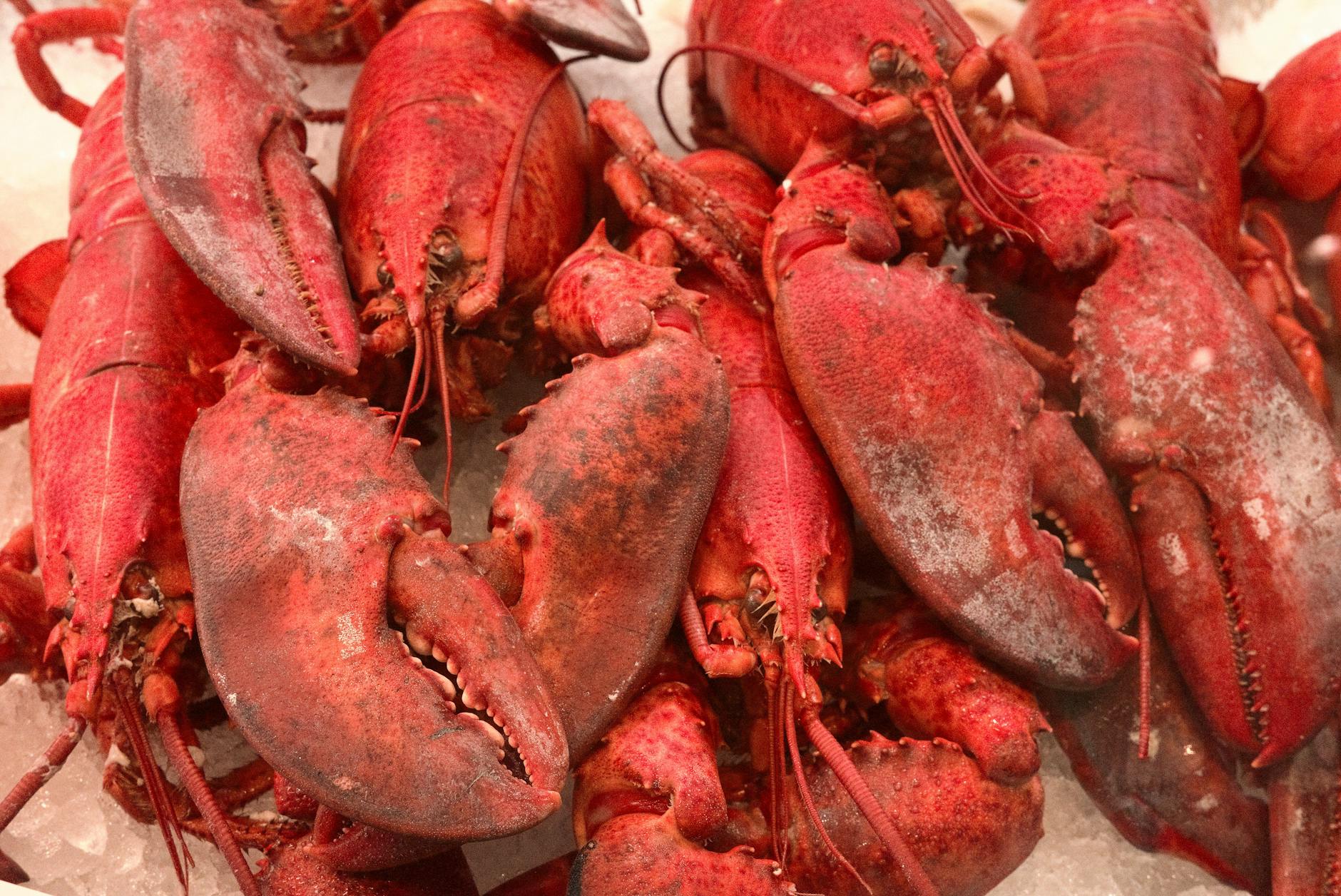 Photo by Carsten Ruthemann.
One of the most poignant challenges Red Lobster has faced is its financial struggles, culminating in the closure of 99 locations in recent years—a move that deeply impacted the brand’s image. These widespread closures have been attributed to mounting losses and a decline in customer traffic. As the pandemic reshaped the dining world, businesses like Red Lobster, dependent on foot traffic and family gatherings, found themselves severely disadvantaged.
The closures weren’t just numbers on a balance sheet; they struck at the heart of loyal customers who saw Red Lobster as a part of their dining tradition. Unfortunately, the closures also revealed the restaurant’s struggle to stay cohesive in regions where its presence had been dwindling. For detailed insights into their financial troubles, check out The Downfall of Red Lobster.
Photo by Carsten Ruthemann.
One of the most poignant challenges Red Lobster has faced is its financial struggles, culminating in the closure of 99 locations in recent years—a move that deeply impacted the brand’s image. These widespread closures have been attributed to mounting losses and a decline in customer traffic. As the pandemic reshaped the dining world, businesses like Red Lobster, dependent on foot traffic and family gatherings, found themselves severely disadvantaged.
The closures weren’t just numbers on a balance sheet; they struck at the heart of loyal customers who saw Red Lobster as a part of their dining tradition. Unfortunately, the closures also revealed the restaurant’s struggle to stay cohesive in regions where its presence had been dwindling. For detailed insights into their financial troubles, check out The Downfall of Red Lobster.
Operational Missteps
One cannot discuss Red Lobster’s financial woes without mentioning some glaring operational missteps. A prime example? Their infamous “all-you-can-eat shrimp” promotion. Initially designed to attract crowds, it ended up costing the company millions in revenue losses due to excessive food waste and customers taking full advantage of the offer. While the endless shrimp promotion brought people in the door, it didn’t raise ticket averages or lead to profitable upselling. Instead, it showcased a lack of foresight in balancing customer satisfaction with operational sustainability. Some industry experts argue that this type of promotion contributed to declining revenues and excessive losses. Promotional strategies like these, though seemingly designed to compete with other casual dining chains, only added to the brand’s mounting debts, making recovery harder in a post-pandemic climate.Competition in Casual Dining
Another significant hurdle for Red Lobster lies within the hyper-competitive sphere of casual dining. With newer players entering the game and traditional chains stepping up their offerings, staying relevant has become increasingly challenging. These competitors often boast more flexible menus, innovative marketing, and cost-effective pricing strategies, leaving Red Lobster in the dust. Diners today are also spoilt for choice, especially with the rise of food delivery services. Chains like Chili’s, Olive Garden, and Outback Steakhouse have adapted quickly, appealing to younger demographics with meal deals and faster service models. While Red Lobster leaned on nostalgia, these competitors turned to innovation—whether it’s a revamped menu or loyalty-based delivery partnerships. In efforts to recapture lost audiences, Red Lobster experimented with membership rewards and weekday specials. However, these initiatives have largely failed to outpace competitors who excel at offering value for money, quality, and convenience. The concern isn’t just retaining current customers but bringing in new ones—a dire need in today’s fast-moving dining world. For a deeper look into the competitive pressures, read Red Lobster Bankruptcy: Key Causes.Through strategic errors, financial mismanagement, and fierce competition, Red Lobster is weathering a storm unlike any other in its history. For road trippers and seafood lovers alike, it raises a crucial question: what must change for this once-iconic brand to thrive again in an era of evolving tastes and tighter spending habits? Stay tuned as this conversation continues.

